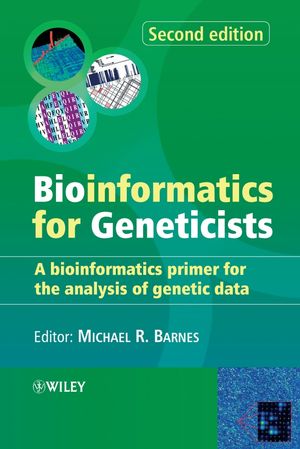Lycopene
The deep red colour that is present in tomatoes, pink grapefruit, guava and watermelon is caused by lycopene, a carotenoid. Other carotenoids include beta-carotene and alpha-carotene, which give carrots their orange colour. Carotenoids are fat soluble and so in the human body are found in fatty tissue and transported by lipoproteins. They act as dietary precursors to Vitamin A and aid the immune system. However lycopene has a greater property than food colouring. It is a strong antioxidant, which can help to combat degenerative diseases such as heart disease. It was found that increased concentration of lycopene gave an increased protective effect, so the most concentrated food sources, like tomato puree and ketchup, are better protectors against these diseases. However the human body cannot produce this molecule and needs to obtain it from tomatoes in our diet. High lycopene foods like soup are the most effective against degenerative diseases.
It helps prevent degenerative diseases by donating its electrons to oxygen free radicals thus quenching and neutralising them before they can damage cells. Free radicals are molecules that have at least one unpaired electron. By donating an electron lycopene can stabilise the free molecule. There have been many recent studies into lycopene so that it can be used to its fullest potential in fighting these diseases. A heart study measuring lycopene in fatty tissue of 1,374 men showed that it could reduce the risk of a heart attack by 50%. Lycopene has though other ailing effects. It has been seen that lycopene can be used as an anti-carcinogen, greatly reducing the risk of some cancers. In a six-year study of 47,000 male health professionals Harvard Medical School found that eating tomato products more than twice a week was associated with 21-34% reduced risk of prostate cancer. In 1995 Harvard School of Public Health studied further into this and found that those men who ate more than 10 servings of tomato foods a week were 45% less at risk to prostate cancer; those with only 4-7 servings were 20% less at risk. The University of Illinois found that comparing woman with the highest levels of lycopene and those with the lowest showed that the highest levels were five times less likely to have cervical cancer. Tomatoes are therefore a very important part of our diet and if tests are conclusive then this could be.
Tomatoes are therefore a very important part of our diet and if tests are conclusive then this could be a serious step towards combating other cancers. However there are some that do not believe that lycopene can improve cancer protection. In January 1996 the National Cancer Institute issued a press release declaring beta-carotene to be useless and harmful. They claimed that it might increase the risk of lung cancer in long term smokers. This implies that the case would be the same for lycopene. Lycopene and beta-carotene are very similar and so they are implying that lycopene is harmful. The research though was not published and so other antioxidant researchers are not convinced by the argument. No doubt there will be plenty of further research into this molecule.












